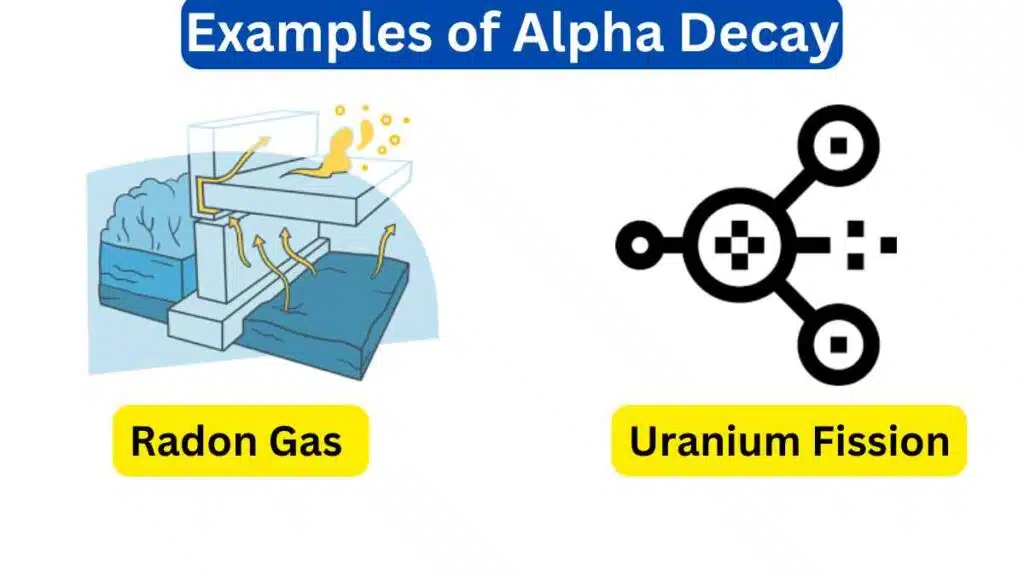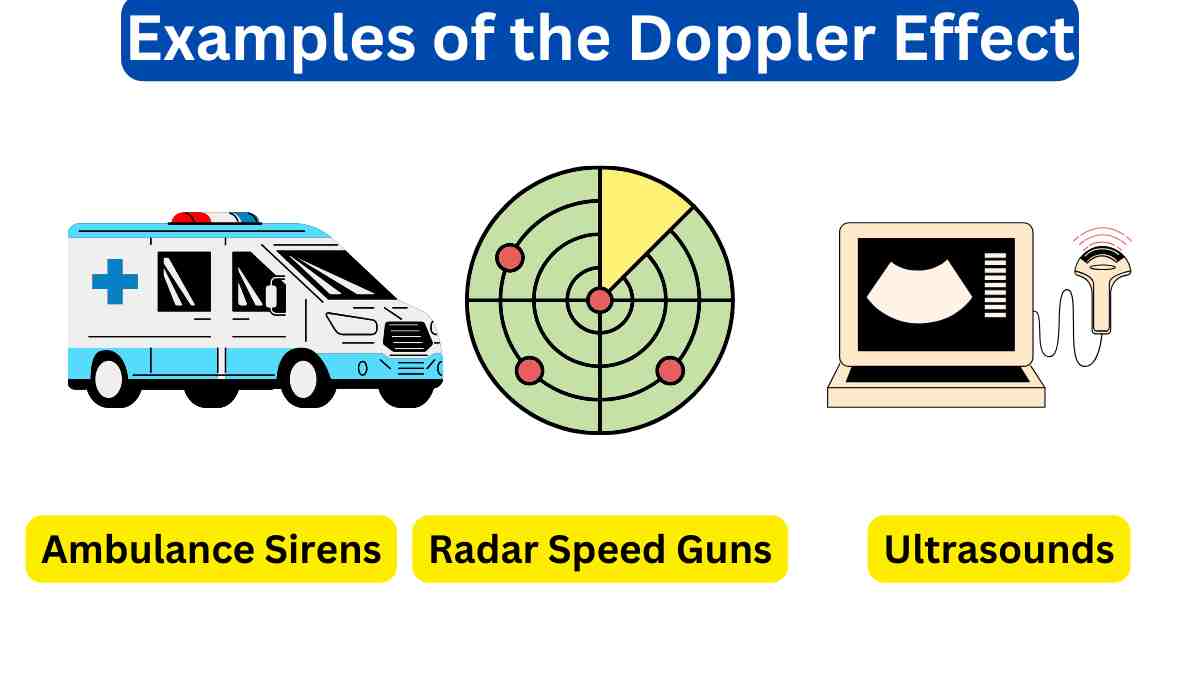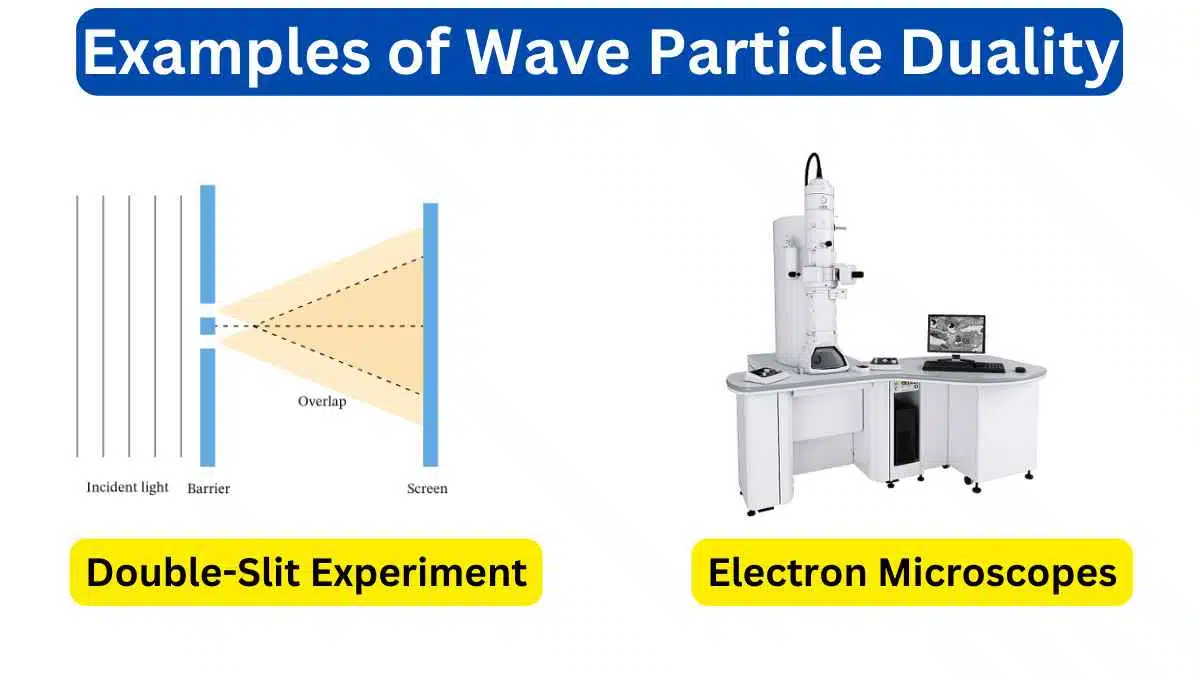10 Examples of Alpha Decay
Alpha decay is a type of radioactive decay in which an unstable nucleus emits an alpha particle, which is a helium nucleus (two protons and two neutrons). The alpha particle is emitted from the nucleus because it is more stable than the original nucleus.
Examples of alpha decay include nuclear fission, smoke detectors, helium production, and radiometric dating.
Examples of Alpha Decay
Here are 10 examples of alpha decay in nature.

1. Uranium Fission
The decay of uranium-235 nuclei produces daughter nuclei and releases neutrons that sustain a fission chain reaction in nuclear reactors.
2. Smoke Detectors
Americium-241 undergoes alpha decay to ionize air molecules. Smoke disrupts the ion flow, triggering the alarm.
3. Helium Production
Radon-222, found in some mineral springs, decays through a series of alpha and beta decays to produce helium-4.
4. Radon Gas
Radon forms naturally from radium decay in soils and can seep into basement levels where its alpha decay is a health hazard.
5. Radiometric Dating
Measuring the alpha decay of isotopes like uranium-238 or rubidium-87 dates the formation of geological formations and artifacts.
6. Static Eliminators
Polonium-210 is an alpha emitter used in brushes and air ionizers to neutralize static charge buildup.
7. Spacecraft Power
Plutonium-238 generates heat and electricity for decades via alpha decay, powering deep space probes like Cassini and New Horizons.
8. Neutron Activation Analysis
Alpha decay patterns of elements bombarded with neutrons provide a fingerprint to identify unknown samples.
9. Cloud Chambers
Charged alpha particles leave condensation trails when passed through the supersaturated vapor, allowing detection.
10. Nuclear Batteries
Atomic batteries use the steady alpha decay of isotopes like plutonium-238 to generate small amounts of electricity.
These are just a few examples of alpha decay in nature. Alpha decay is a common process that plays an important role in the formation of elements and the evolution of the universe.






Leave a Reply